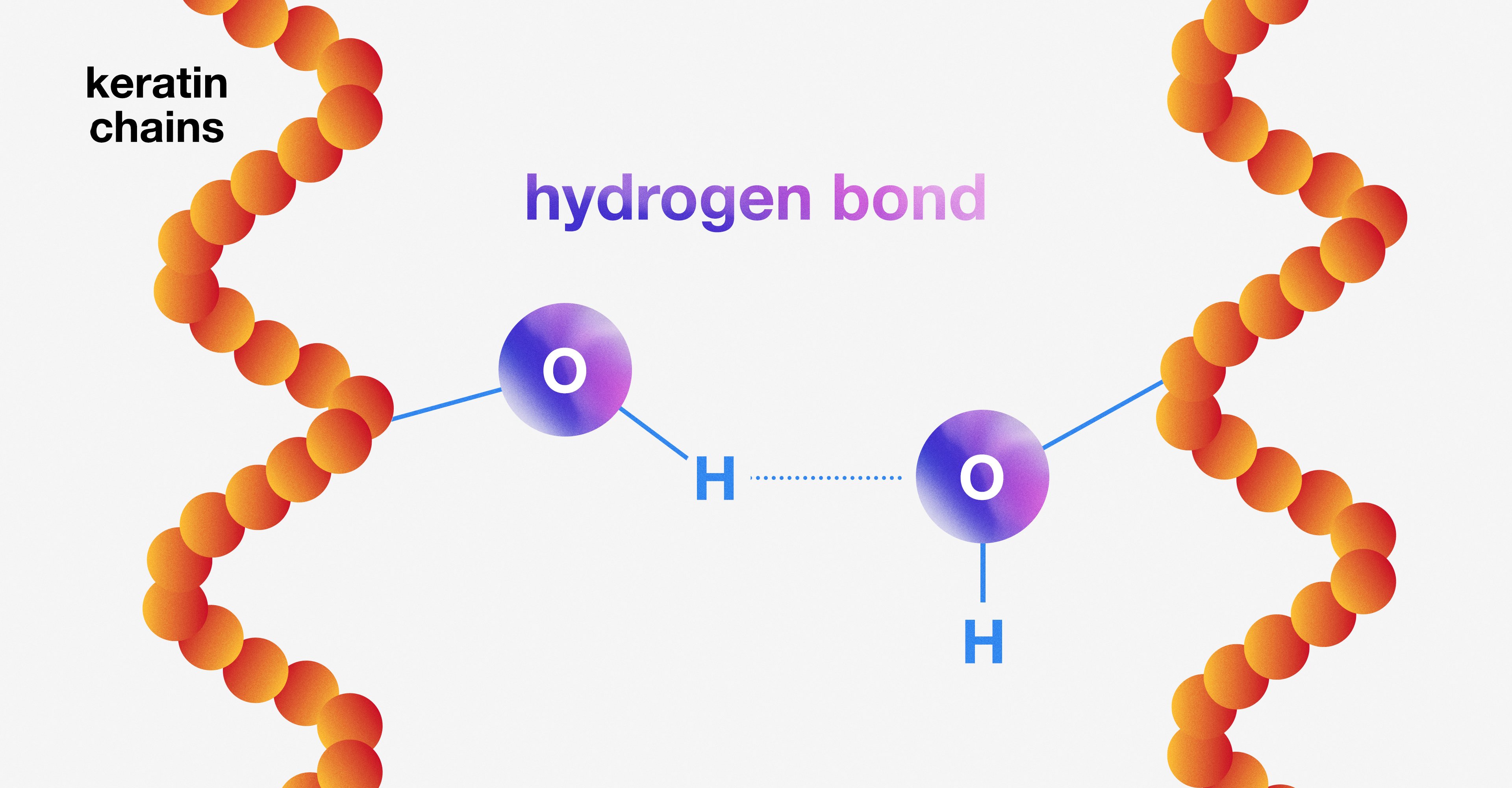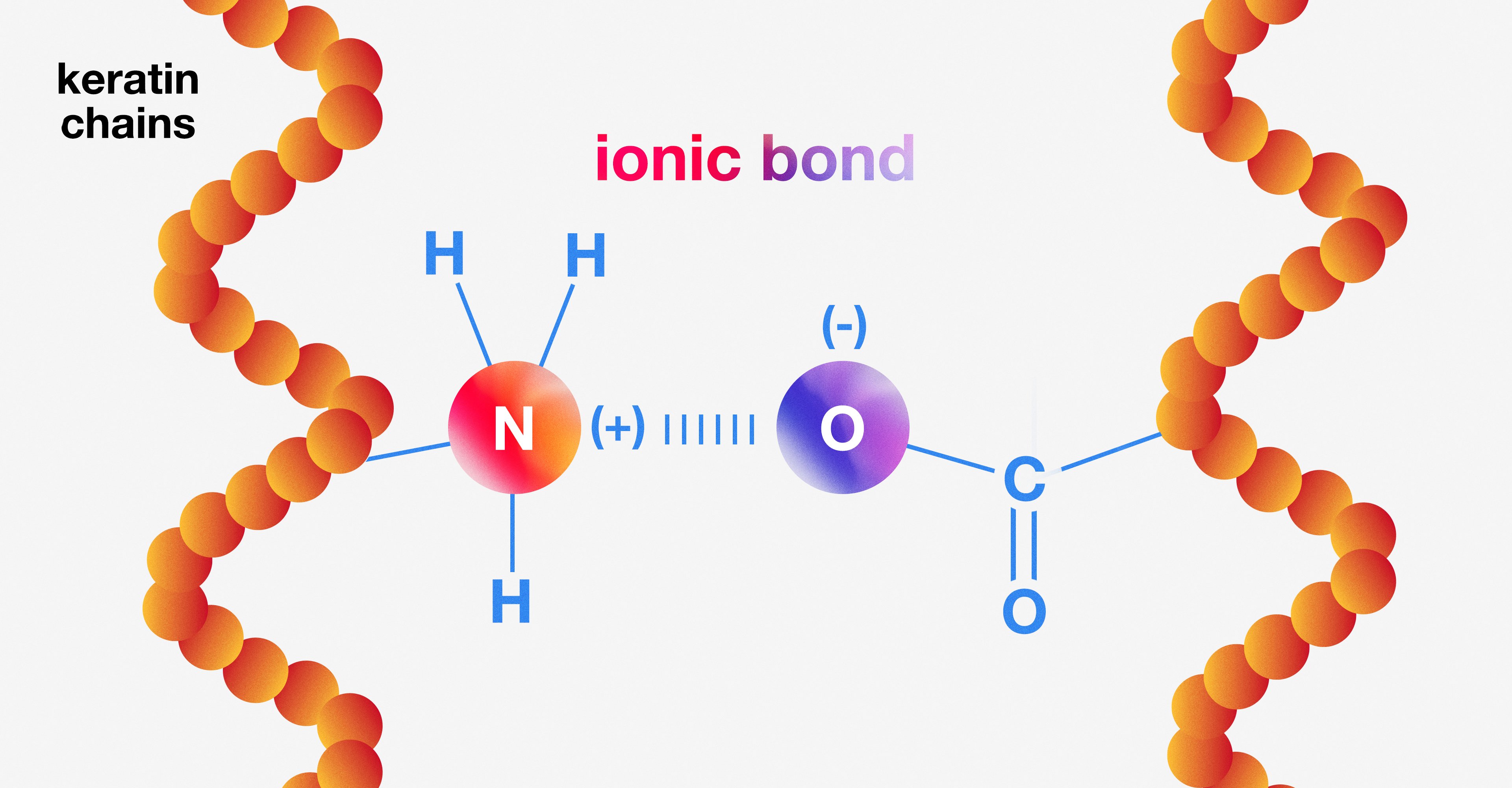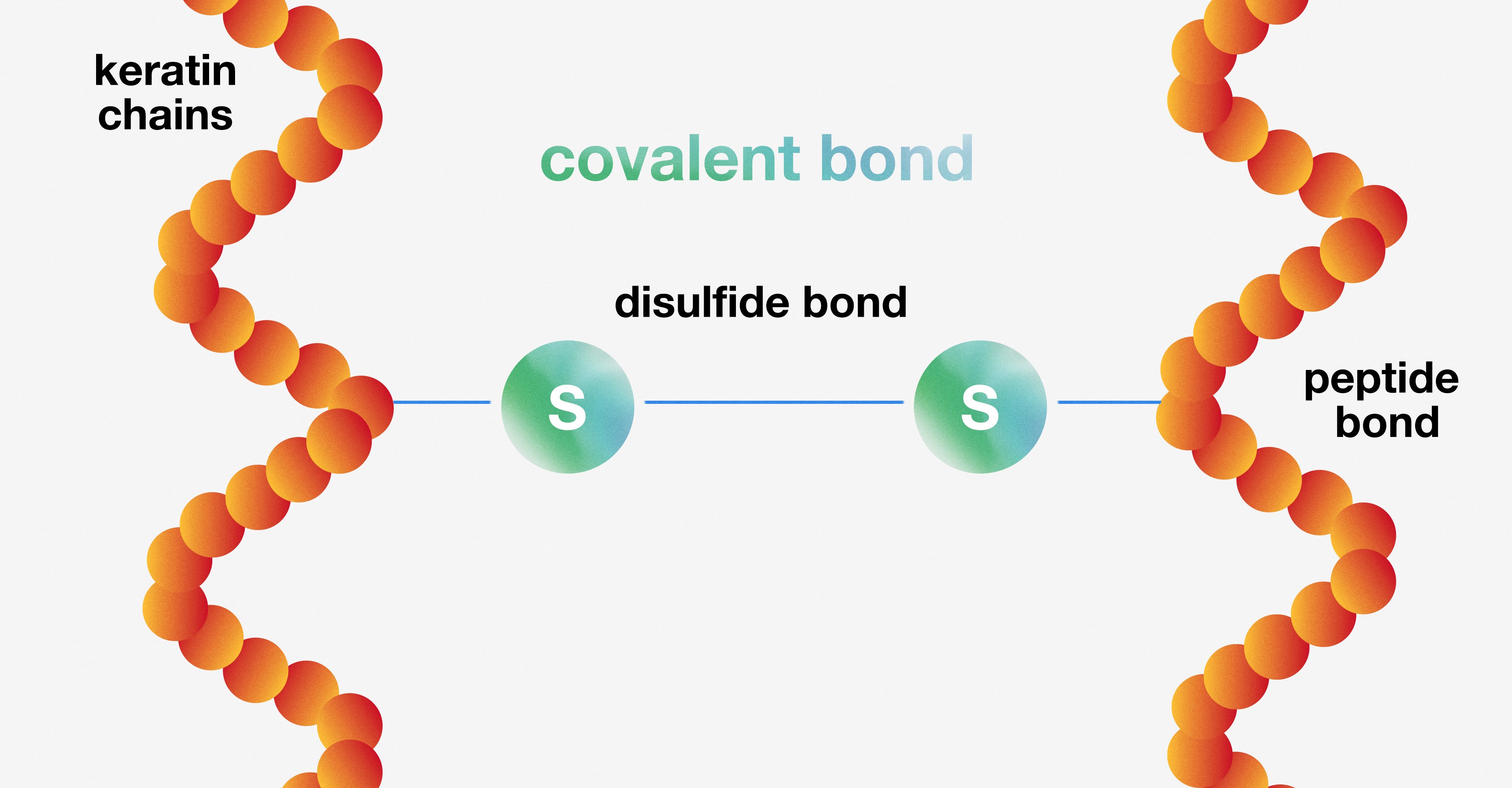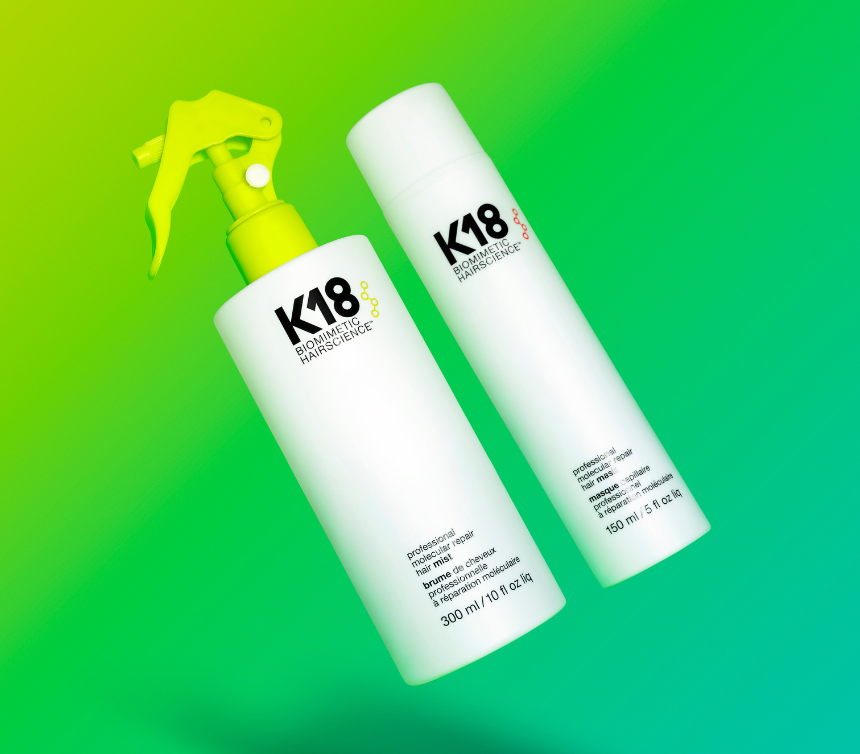In the follicle, hair cells are alive, but they become biologically inert when exposed to oxygen. They do, however, stay chemically active. The K18PEPTIDE™ binds chemically with the proteins that make up your hair to restore its strength and elasticity. Read on for the details.
We get asked all the time, “is hair dead?” Technically it is, but declaring it dead leaves out a key part of the narrative. Hair is dead, but it’s not static. The chemical bonds that support hair are constantly changing, breaking, and reforming. Let’s start at the beginning, before we get into how chemical bonds in hair break and reconnect, and explore how hair grows.
how hair grows
Hair is created by tiny organs called follicles embedded in the skin of your scalp. Inside the follicle, hair cells are alive, biologically active, and constantly carrying out biological functions. Hair cells are constantly multiplying, and as a result, causing your hair to grow.
When hair cells emerge from the follicle, breaking through the skin, they are exposed to oxygen and dry out. Those cells are tightly packed with chains made up of keratin proteins, which are responsible for your hair’s strength and elasticity, and form the intricate interwoven structure that is your hair strand. When your hair cells exit the follicle, your hair becomes biologically inactive, meaning it can no longer repair itself biologically.
so, is hair really dead?
In short—yes.
Though it's biologically inert (or dead), hair is still very much chemically active, constantly undergoing chemical reactions and evolving its chemical structure.
The interwoven keratin chains that make up hair’s structure form chemical bonds that constantly break and reconnect under different conditions. Many different types of bonds maintain hair’s structure, including covalent, ionic, and hydrogen bonds. Some of these bonds are reversible, while others are not, and once broken, they can’t be reconnected.
reversible bonds
Hydrogen atoms can form weak, reversible bonds with nitrogen, oxygen, and fluorine atoms in neighboring keratin chains. Hydrogen bonds are responsible for maintaining your hair’s temporary shape. When your hair is exposed to high humidity, water disrupts the hydrogen bonds between keratin chains, changing your hair’s shape and causing frizz. Those bonds eventually reform, allowing your hair to return to its normal state.

Attractive forces between positively charged and negatively charged amino acids on neighboring keratin chains create a different type of reversible bond called an ionic bond. Exposure to high pH from haircare products or hard water can break these bonds.

irreversible bonds
The strongest bonds in your hair, covalent bonds, are responsible for stabilizing the structure of hair along its length and width. Covalent bonds are a lot stronger than ionic and hydrogen bonds, and certain covalent bonds are reversible. But too many broken covalent bonds and the damage becomes irreversible—decreasing strength and elasticity.
Disulfide and peptide bonds can be broken by heat, environmental pollutants, UV light, oxidative reactions, and chemical services.

hair is chemically active
Though biologically inactive, hair can still react and form chemical bonds with new molecules. The K18 Molecular Repair Mask repairs hair in this way, by chemically bonding with hair proteins in a way that mimics the natural bonds between neighboring keratin chains. Your hair may not be able to mend its proteins itself, but the K18PEPTIDE™ can chemically repair the structure of hair in a way that hair would do on its own if it could.



